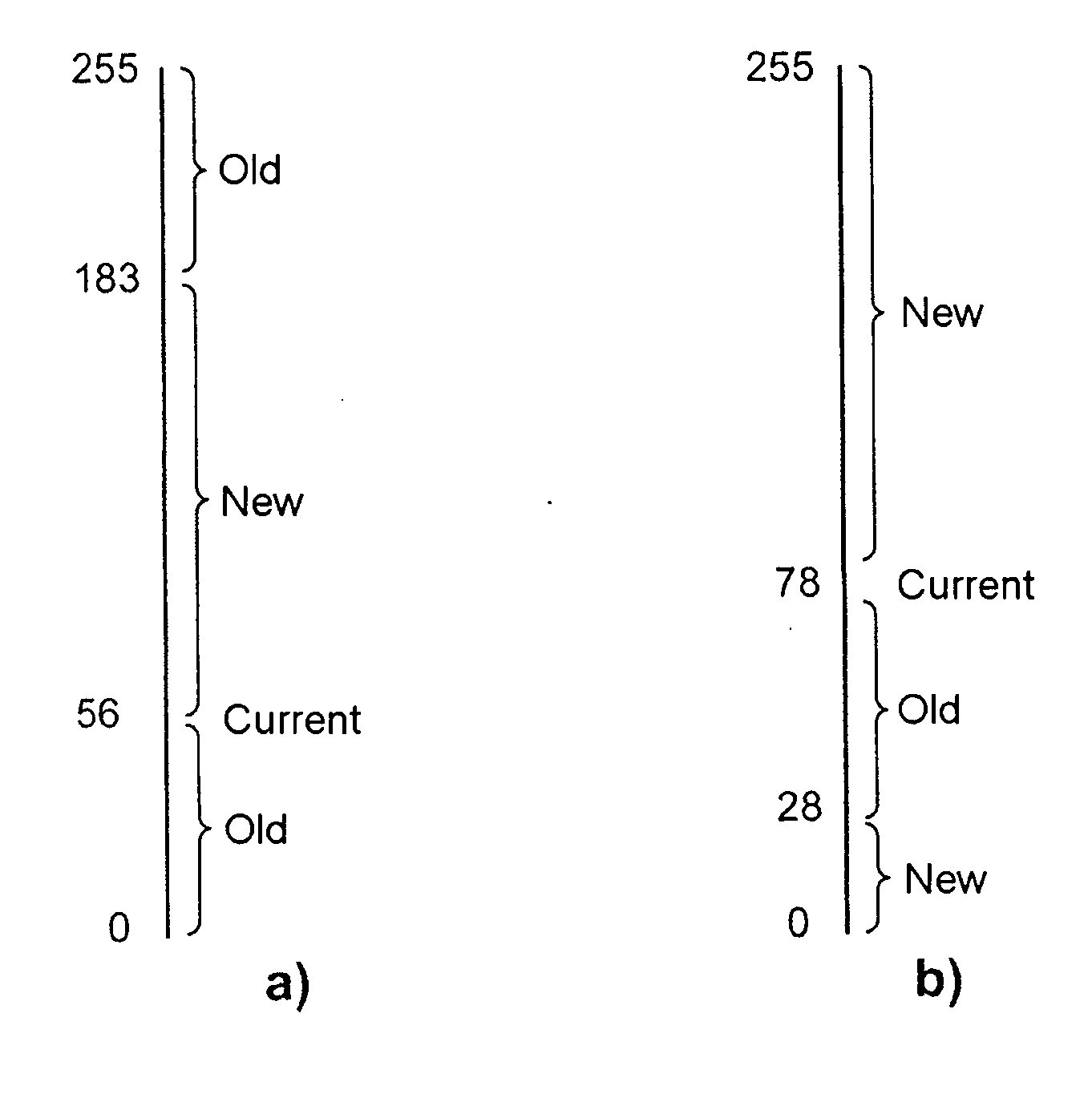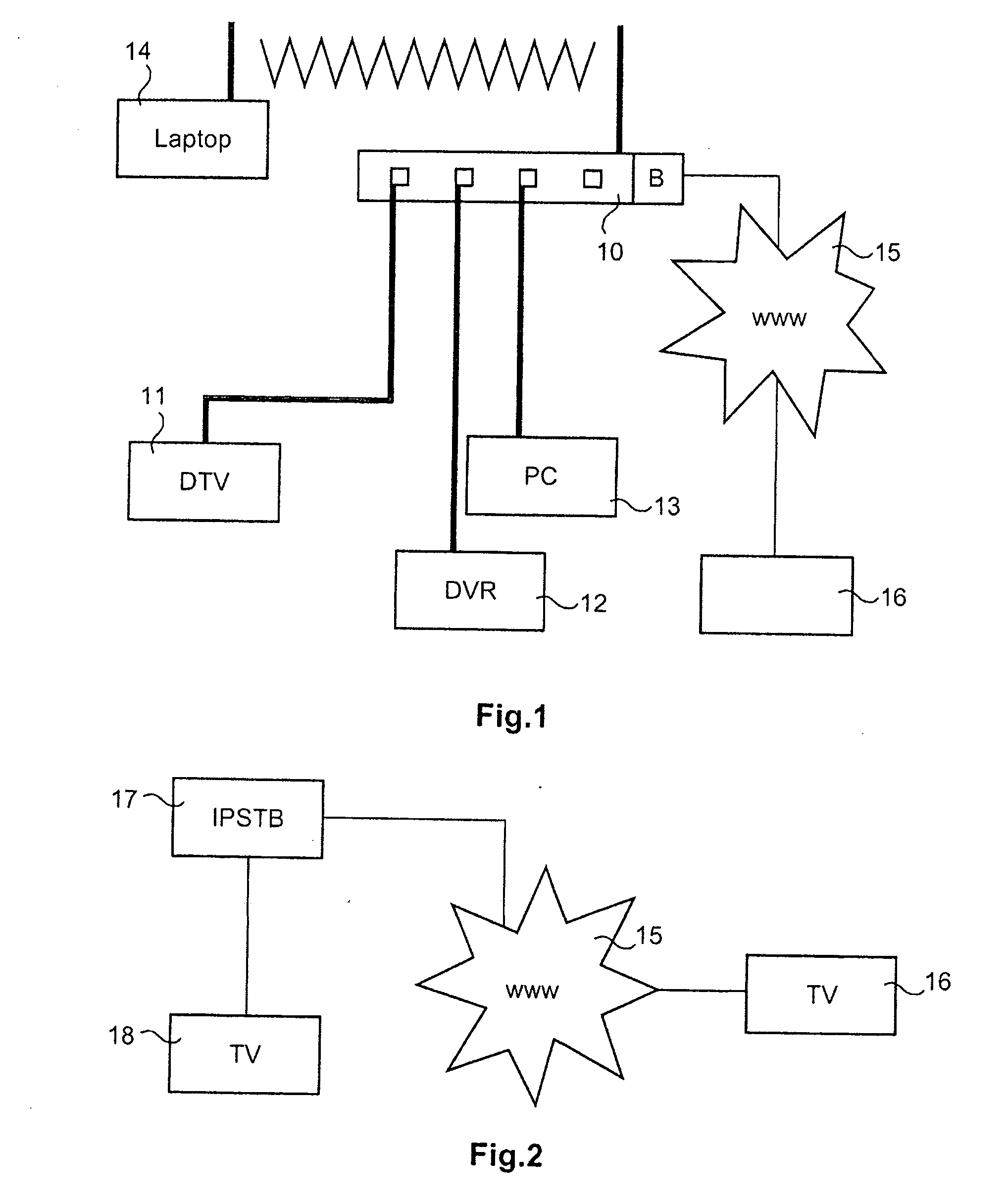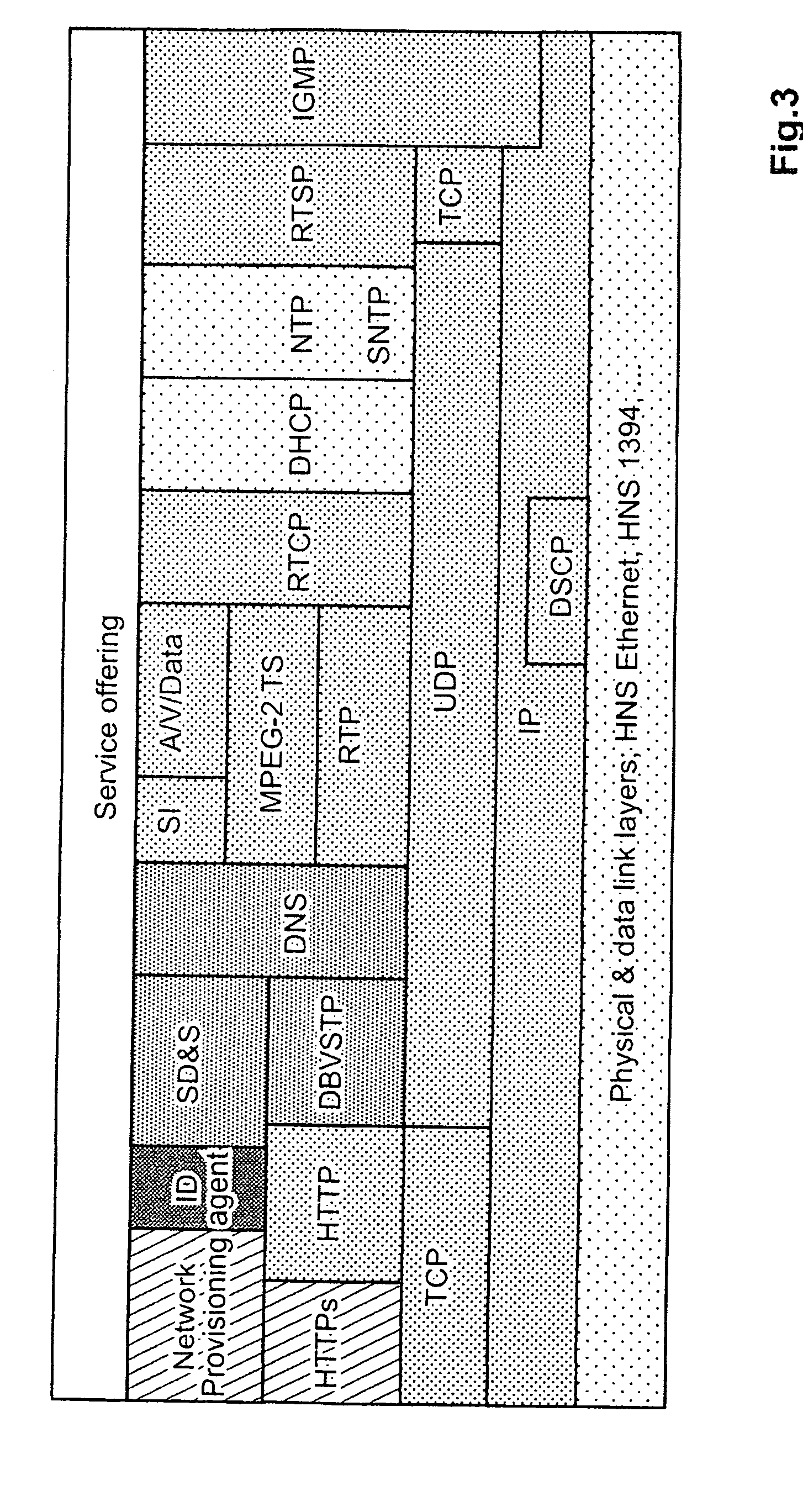Method for updating a data record and device for carrying out the method
a data record and data technology, applied in the field of multimedia services, can solve the problems of significant disadvantages in the stability of the version of the sd&s segment, unnecessarily delay the acceptance of the segment, and involve problems, and achieve the effect of relatively low additional outlay in the implementation of the invention
- Summary
- Abstract
- Description
- Claims
- Application Information
AI Technical Summary
Benefits of technology
Problems solved by technology
Method used
Image
Examples
Embodiment Construction
[0025]FIG. 1 shows a home network, based on Ethernet technology, in which the various home network devices are connected by Ethernet cables to a DSL router 10. In this case, the reference numeral 11 designates a digital TV set—such a TV set has a decoder for digital video data—, the reference numeral 12 designates a digital video recorder and the reference numeral 13 designates a personal computer. The reference numeral 14 designates a portable personal computer, for example a laptop or notebook. The latter is connected wirelessly to the DSL router 10. One of the customary wireless Ethernet connection techniques corresponding to one of the IEEE 802.11x specifications may be used for this purpose. The DSL router 10 is connected to the Internet 15 via a telephone connection. The illustration likewise shows that a service provider 16 can be selected by DSL router 10 via the Internet 15, from which digital video content can be requested in the form either of an Internet TV service or of...
PUM
 Login to View More
Login to View More Abstract
Description
Claims
Application Information
 Login to View More
Login to View More - R&D
- Intellectual Property
- Life Sciences
- Materials
- Tech Scout
- Unparalleled Data Quality
- Higher Quality Content
- 60% Fewer Hallucinations
Browse by: Latest US Patents, China's latest patents, Technical Efficacy Thesaurus, Application Domain, Technology Topic, Popular Technical Reports.
© 2025 PatSnap. All rights reserved.Legal|Privacy policy|Modern Slavery Act Transparency Statement|Sitemap|About US| Contact US: help@patsnap.com



